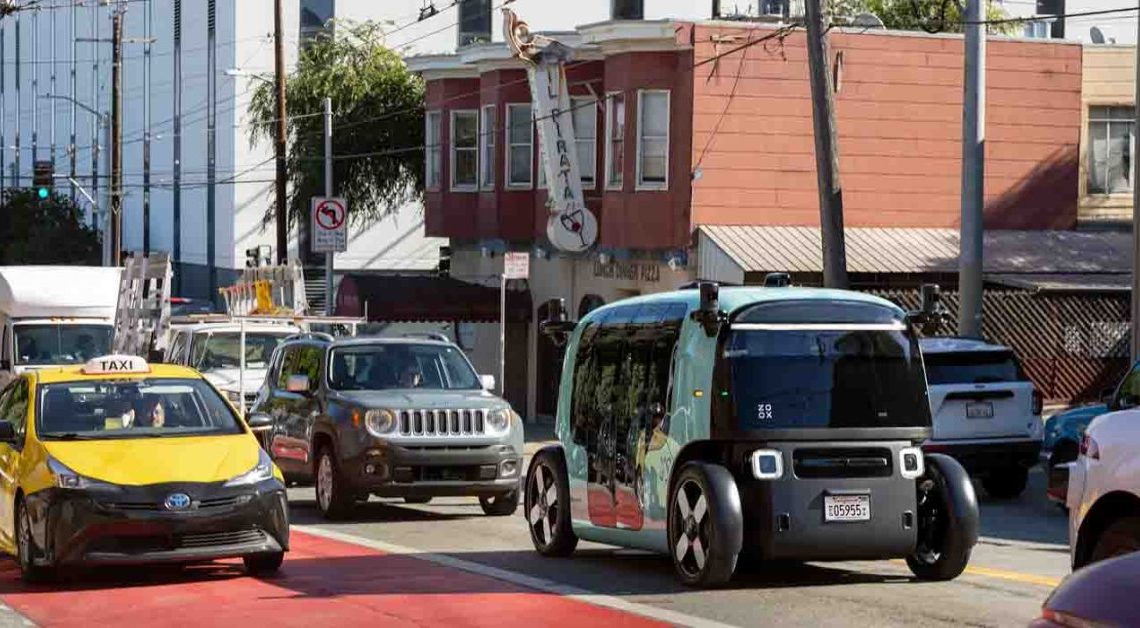
Tesla has lost its long-time head of Autopilot hardware engineering to Amazon’s self-driving company, Zoox.
Zheng Gao has been at Tesla for more than 8 years and for the last three, he has been the head of Autopilot hardware engineering.
He elaborated on his role on his LinkedIn profile:
Managing the Mechanical Engineering, Thermal Engineering, Display Engineering and Camera Engineering teams for Low-voltage Electronics Systems.
He was in charge of designing the hardware that powers Tesla’s Autopilot and FSD features.
Prior to his leading engineering role at Tesla, Gao spent a decade at Apple, and he has been behind many electronic designs.
Zoox, a self-driving company owned by Amazon, has announced that it hired Gao for a similar leading role at the company.
Gao is leaving Tesla at a critical time as the automaker claims it is about to achieve unsupervised self-driving next year – although CEO Elon Musk has claimed that every year for the last 6 years.
On the other hand, Zoox has recently made significant progress in miles between disengagement in its test program in California and announced the launch of its robotaxi service in San Francisco.
People come and go from companies for many different reasons and Gao certainly had a good run at Tesla after 8 years.
That said, it is a bit strange to be leaving now if you really believe that Tesla is on the verge of the biggest value creation of all time: enabling millions of robotaxi vehicles.
Of course, many people believe that Tesla can’t enable unsupervised self-driving on its vehicles.
Author: Fred Lambert
Source: Electrek




GM Cruise decided that they were on the road to nowhere with their robotaxis and have apparently ended the Cruise self-driving efforts. Whatever still remains of Cruise will be pulled into GM and be used for improving SuperCruise (an ADAS system).
I think they were way behind Waymo and Waymo designed and developed their own LiDAR, to cut costs, and developed their own imaging radar (aka 4D radar).